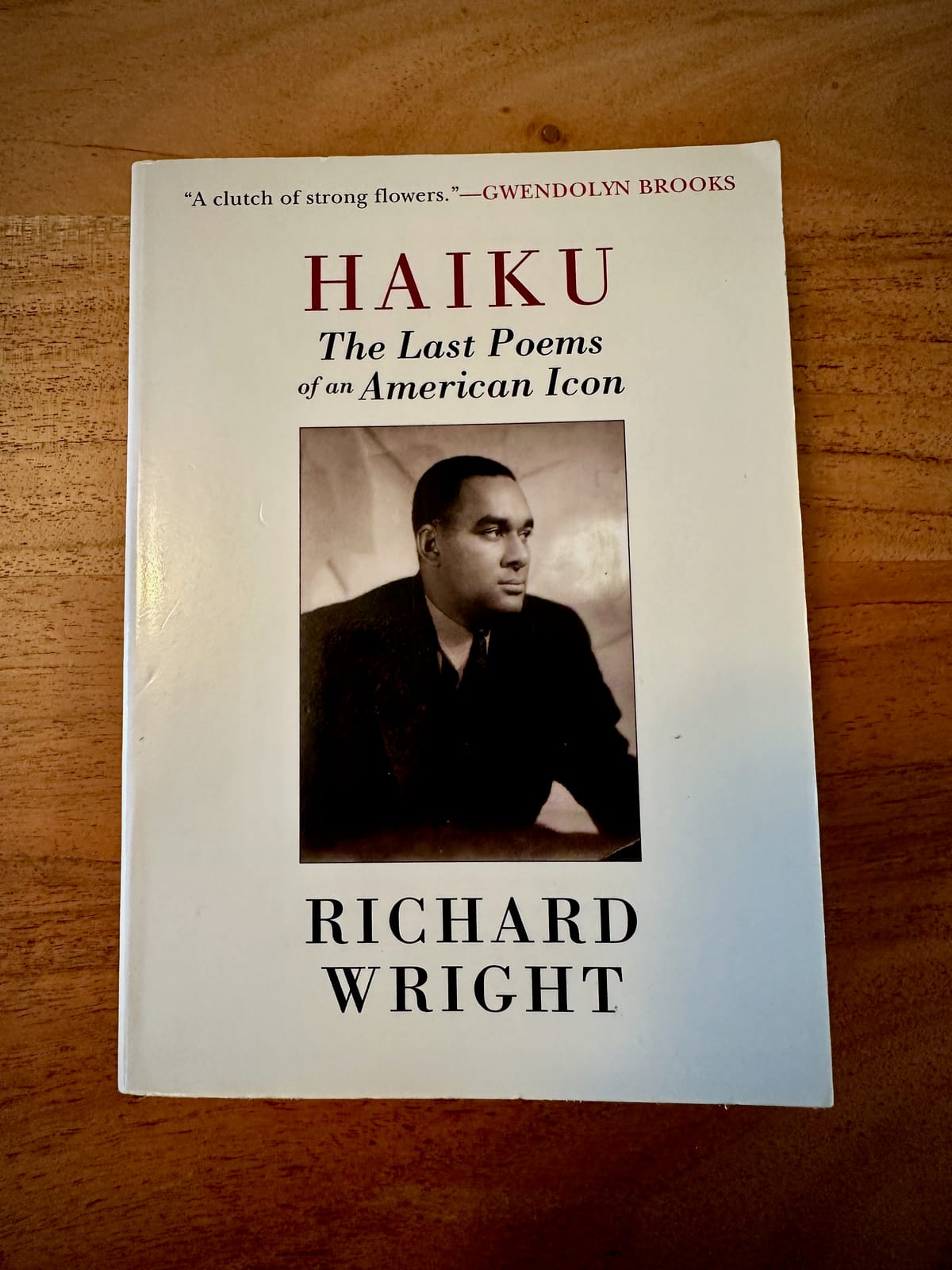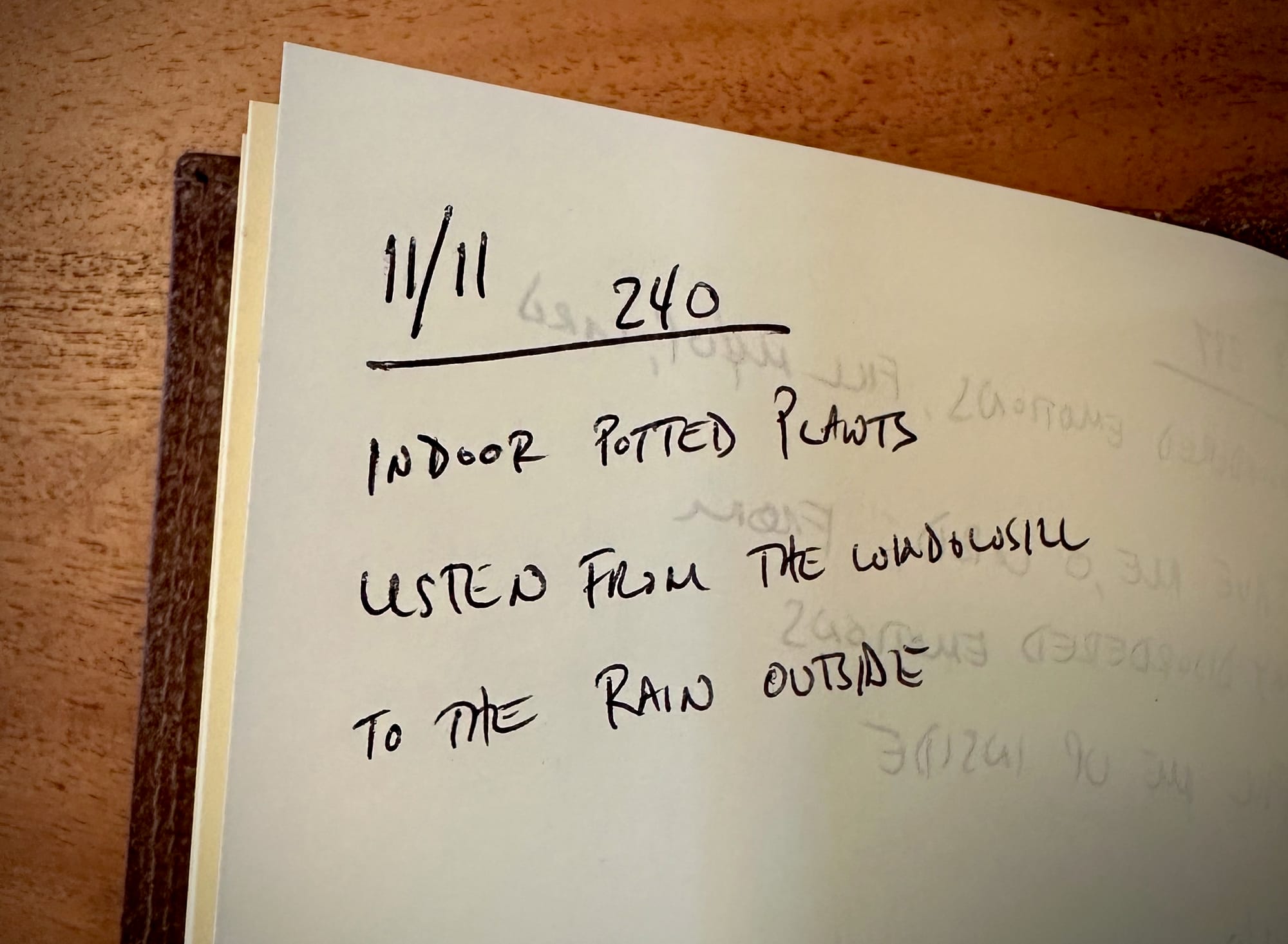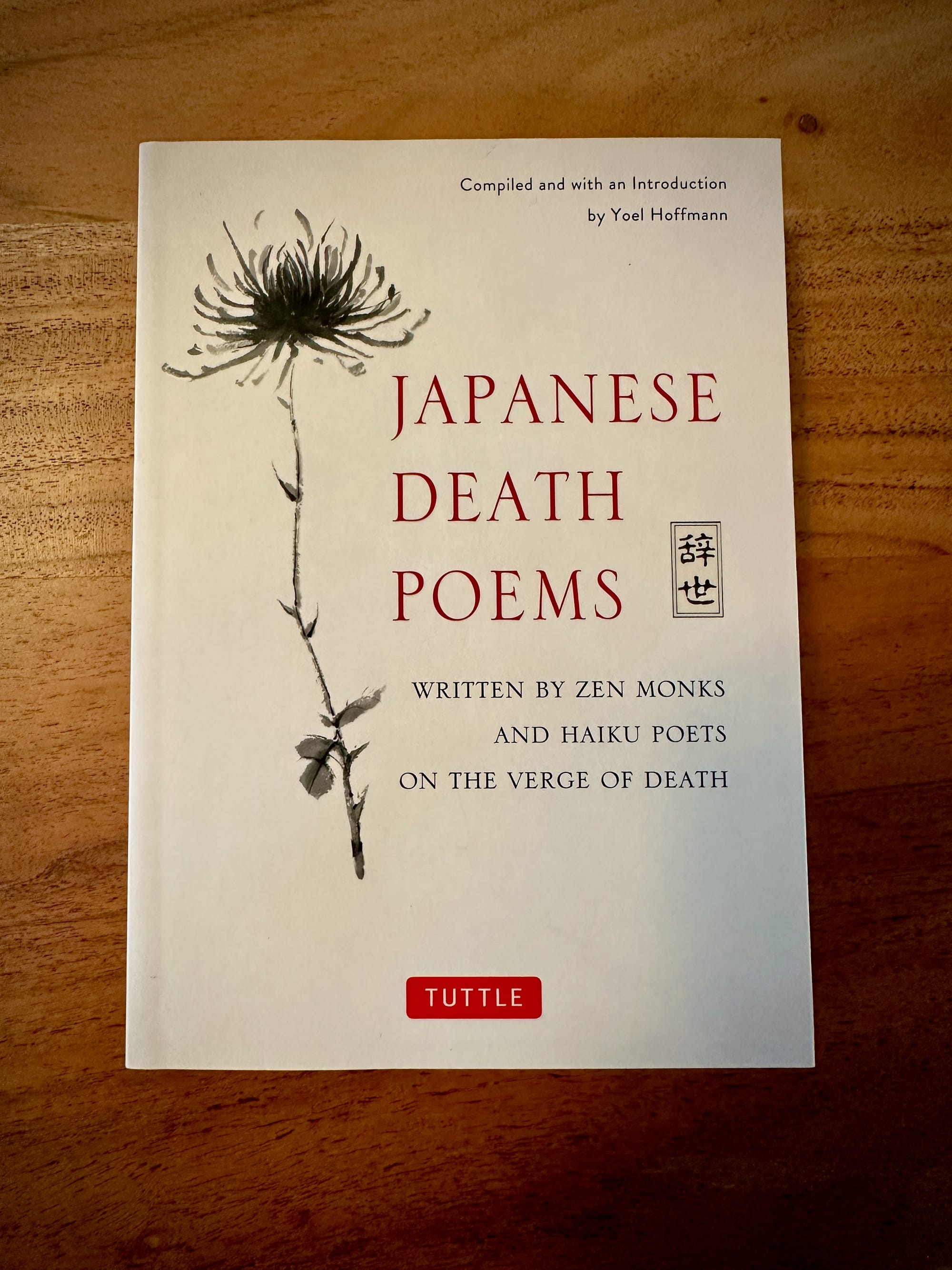counting syllables

Having already written about Bashō, I still want to write more about one of my favorite forms of writing: the haiku. Ever since those first few I was taught in grade school, I've been thinking about haiku, writing haiku, and counting syllables.*
For the first year of the pandemic, I wrote one haiku a day –

I did this as a fun exercise, as a way to keep creating while all the weirdness played out in the world and online, but I noticed something along the way. The simple process of finding something to write about – to looking around at my surroundings and the natural environment – grounded me in the here and now. The counting of syllables as I chose the words to use occupied my mind in ways that affected my mood and my body. I would go on long walks and find myself dredging up words, connecting phrases, and articulating images nonstop until I had filled the 5-7-5 formula of the haiku. Then, I'd write it down.
As a mindful practice, I'd highly recommend it. There's a reason that writers often turn to forms like haiku later in life, or as they near death. Here's a book I keep on the shelf that highlights that point:

Some bonus fun: here's Bashō's last poem, per that book –
Tabi ni yande On a journey, ill:
yume wa kareno o my dream goes wandering
kakemeguru. over withered fields.
But the book on this topic I turn to most often is Haiku: The Last Poems of an American Icon by Richard Wright (see cover in above image at the top). For an author who wrote about racism and systemic oppression, who even fled the U.S. to live in self-imposed exile in Paris, these contemplative haiku that he wrote in the last years of his life are light, personal, and, at times, transcendent.
On a trip to Big Sur with a group of men, I wrote haiku along the way, and even invited some of the other attendees to participate. Eventually, one member of the group got me the copy by Richard Wright as a gift. It's a book I will never part with. One reason being, I can open it and use the day's date as a way to find one of his 870+ poems, and I can use that poem as a mantra or intention for the day. October 2nd is the 275th day of the year. And here's that poem –
275
The smell of sunny snow
Is swelling the icy air, –
The world grows bigger.
I'm not dying, but I plan to resurrect this practice as a mindful routine that I incorporate into each day. I don't know why, but it feels important to me to do so. I look back fondly at that first year of the pandemic when I think of, or reread, the haiku I wrote in those days. Maybe it's a practice for weathering a storm, any storm, that life may throw one's way, like death, be it the little deaths life offers us or the one great big one.
Artist challenge: If this inspires you to write a haiku in the coming days or weeks, please share it with me and I will share another one of mine. A poem swap.
* I even proposed to my wife using a haiku.
indoor animal is curated by a human: Tim Papciak. On Mondays, he shares one link to one music video to help spark creativity in himself and in other creative types. On Thursdays, he recommends a book, movie, show, art piece, or link to some dusty corner of the internet that he believes either 1.) adds to the human experience, or 2.) serves as a coping mechanism in the year 2025. Note: this is not, and never will be, self-help content.